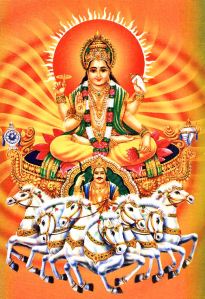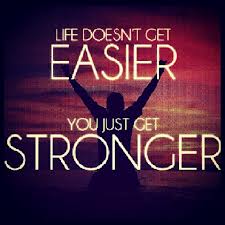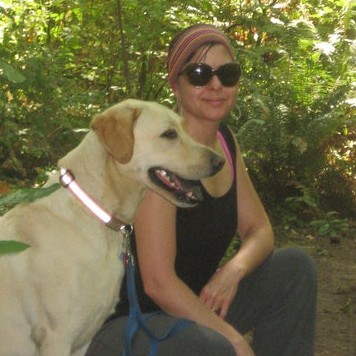Life’s Most Daring Adventure: Contentment
The saying “the grass is always greener on the other side” sums up humankind’s tendency to grasp the external for pleasure, happiness, and fulfillment. Many of us spend our entire lives looking outside of ourselves to find inner peace. As we do this, we see how other people’s lives and circumstances seem to look better than our own lives. As a consequence, we begin to believe that happiness is about acquiring more: bigger houses, more clothes, fancier shoes, busier social lives. Yet, this insatiable quest to buy or acquire the elusive happiness only leads us to a place of discontent.
The second niyama (an attitude we hold toward ourselves) is Santosha or contentment. Santosha is to find happiness and peace in your present life and not to keep searching for something more, something external, to gain security, joy, and contentment. Life is not about comparing yourself to your friend, your neighbor, or an ideal society declares your life should look. Life is rich in experiences to aid you on your inward journey of fulfillment…and your fulfillment, your contentment, is the greatest contribution you can give to the world. When you live from a place of contentment, you attract beneficence to you, and find an ease in which to move through the world.
We are often told that life is not a destination but a journey. Santosha wants to be your companion on your life journey. Santosha does not mean that you are always happy with how things because, honestly, life can sometimes suck. But santosha asks that you embrace that time, realizing each moment will change and your perspective, your attitude will make all the difference in handling difficult circumstances. We are not to live looking for happiness but instead to recognize the gifts of the moment and find contentment within. When we spend our days yearning for something else – a different lover, to be single, to be rich, have more clothes, then we are unhappy. We are unhappy because we have come to believe that we need these things to have a sense of worth and happiness.
If you are not content with as aspect of your life – CHANGE IT. Seriously. Listen to your excuses why you cannot be happy. Listen to how many times you say “but,” “should,” or “would” when focusing on your ideal life. Personally, I would like to write more but… I can come up with a thousand excuses why I do not write – and all of them are legitimate and hold weight. But the ultimate truth is I am too lazy and too afraid to change my habits to start doing what I really want. My challenge is to dig deep, make small changes to start writing. And those small changes lead me to santosha. Even as I write this I feel a sense of calmness and peace. I am not comparing myself to someone else, I am not berating myself, I am living my life as I want to live.
What in your life is not fulfilling you? What excuses are you making? What are your desires? Is anything keeping you from truly enjoying the present life you are in, or are you too busy making excuses about how you don’t have time? Do you tell yourself you are too busy with the kids, school or are broke? Will there ever be a good time? Right now is the only time you have and if you aren’t truly content, if you aren’t truly happy, it is time to sit with yourself and find out what it is you need from you. Being joyful, being happy, is a state of being, a perspective of the world. Alter yours to be filled with light and love and bestow all that wonderfulness and everyone around you. You are a magnificent being, accept your greatness, smile and shine.

















You must be logged in to post a comment.